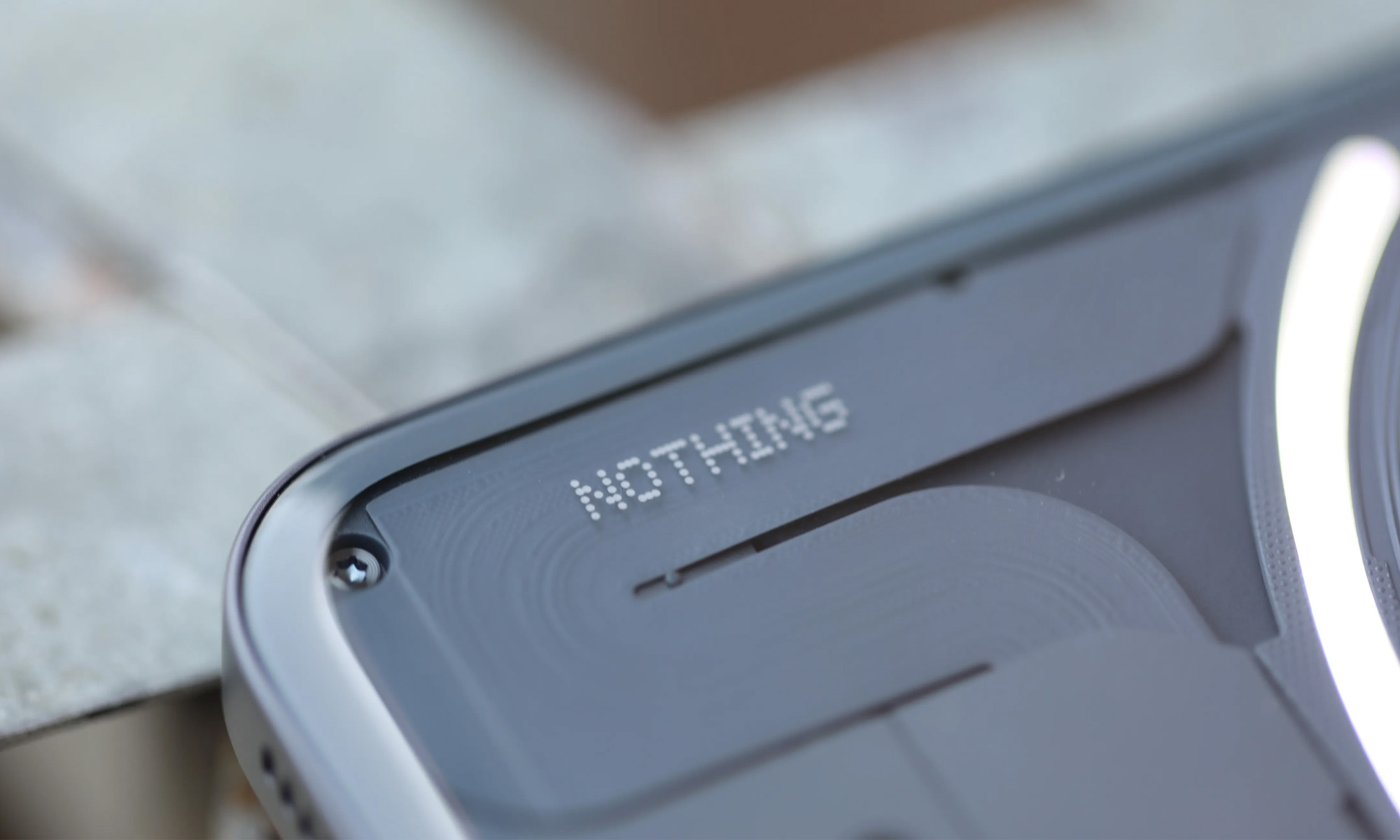News
Nothing Phone (2a) To Launch In March: Here’s What We Know So Far
The company has confirmed that the budget-friendly handset is scheduled to be unveiled on March 5 at 11:30 GMT.

The debut of the Nothing Phone (2a) — the third smartphone from the disruptive brand — is on the horizon and slated for release next month. The device is tipped to be positioned as a more budget-friendly option compared to its predecessor, the original Nothing Phone 2, which made its debut last year.
In a video shared on social media platform X (formerly known as Twitter) earlier this week, Nothing officially confirmed the forthcoming launch of its next smartphone as March 5th at 11:30 GMT.
Fresh. Eyes.
The official Phone (2a) launch event is happening on 5 March 2024, 11:30 GMT. pic.twitter.com/eE6hPjXOeB
— Nothing (@nothing) February 13, 2024
Leaked images of a pre-production unit have already surfaced, showcasing a redesigned back panel. The forthcoming Nothing Phone (2a) is also set to feature a centrally positioned hole-punch for its front camera and a horizontally aligned 50-megapixel dual camera configuration on the rear panel, a departure from previous design iterations of Nothing smartphones.

In addition, rumors are circulating regarding the inclusion of a revamped Glyph Interface, offering similar Glyph controls as the Nothing Phone 2. Another insider has hinted at the integration of a trio of Glyph components inside the device.
Also Read: Saudia Introduces Sanitizing Prayer Beads For Religious Pilgrimages
Based on the disclosed details and accompanying visuals, indications suggest that the Nothing Phone (2a) will debut with Nothing OS 2.5, which is based on Android 14.
In terms of hardware, rumors have been mixed: Many pundits suggested the phone would feature a 6.7-inch AMOLED screen, while others said a 120Hz OLED display would be more likely. Reports also suggest the Nothing Phone (2a) will be powered by a MediaTek Dimensity 7200 SoC, paired with 8GB of RAM and 128GB of internal storage.
News
Alienware Just Announced Six New Gaming Monitors
The new models include three QD-OLED and three budget-friendly QHD options, expanding the company’s lineup for all gamers.

Alienware has just updated its gaming monitor lineup with six new additions, including the highly anticipated Alienware 27 4K QD-OLED Monitor. The latest wave of releases is set to reach more gamers than ever, offering high-end QD-OLED displays alongside more budget-friendly options.
The latest displays clearly show that the company is doubling down on QD-OLED with three new models sporting the technology. A redesigned Alienware 34 Ultra-Wide QD-OLED Monitor is also making a return, further refining what is already a fan-favorite display.
A Unified Design: The AW30 Aesthetic
All six monitors feature Alienware’s new AW30 design language, first introduced at CES. The AW30 aesthetic brings a futuristic, minimalist look that unites the entire lineup under a cohesive visual identity.
Pushing QD-OLED Even Further
The refreshed Alienware 34 Ultra-Wide QD-OLED Monitor (AW3425DW) builds on its predecessor’s success with a 240Hz refresh rate (up from 175Hz) and HDMI 2.1 FRL support. It also gains G-SYNC Compatible certification alongside AMD FreeSync Premium Pro and VESA AdaptiveSync, ensuring ultra-smooth performance. With a WQHD (3440×1440) resolution and an 1800R curve, this display enhances immersion for both gaming and cinematic experiences.
For those who crave speed, the Alienware 27 280Hz QD-OLED Monitor (AW2725D) pairs a high refresh rate with QHD resolution, balancing sharp visuals with ultra-smooth gameplay. Meanwhile, the Alienware 27 4K QD-OLED Monitor (AW2725Q) delivers stunning clarity with an industry-leading pixel density of 166 PPI, making it the sharpest OLED or QD-OLED monitor available.
Also Read: Infinite Reality Acquires Napster In $207 Million Deal
Worried about OLED burn-in? Alienware’s entire QD-OLED lineup comes with a three-year limited warranty covering burn-in concerns, offering peace of mind for gamers investing in these high-end displays.
Bringing QHD To A Wider Audience
Alongside QD-OLED, Alienware is also releasing three new QHD gaming monitors aimed at more price-conscious gamers. The Alienware 34 Gaming Monitor (AW3425DWM), Alienware 32 Gaming Monitor (AW3225DM), and Alienware 27 Gaming Monitor (AW2725DM) provide a range of sizes and formats to suit different preferences:
- The Alienware 34 Gaming Monitor (AW3425DWM): An ultrawide (WQHD) option for a panoramic, immersive experience.
- The Alienware 32 Gaming Monitor (AW3225DM): A standard 16:9 panel for a traditional but expansive desktop setup.
- The Alienware 27 Gaming Monitor (AW2725DM): A 27” display offering the same performance in a more compact form factor.
All three gaming monitors feature a fast 180 Hz refresh rate, a 1ms gray-to-gray response time, and support for NVIDIA G-SYNC, AMD FreeSync, and VESA AdaptiveSync to eliminate screen tearing. Additionally, with 95% DCI-P3 color coverage and VESA DisplayHDR400 certification, these displays deliver vibrant colors and high dynamic range for lifelike visuals.


























